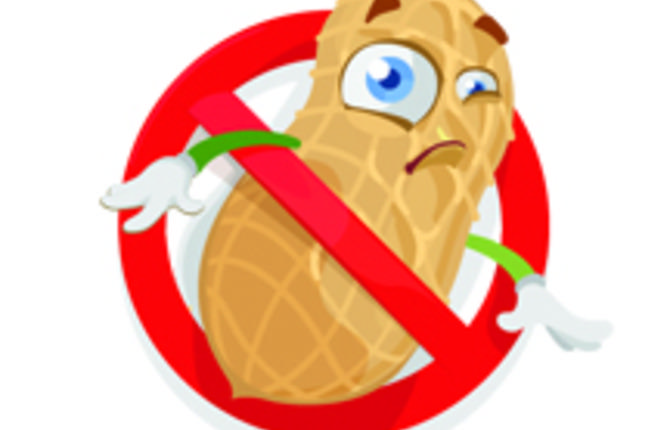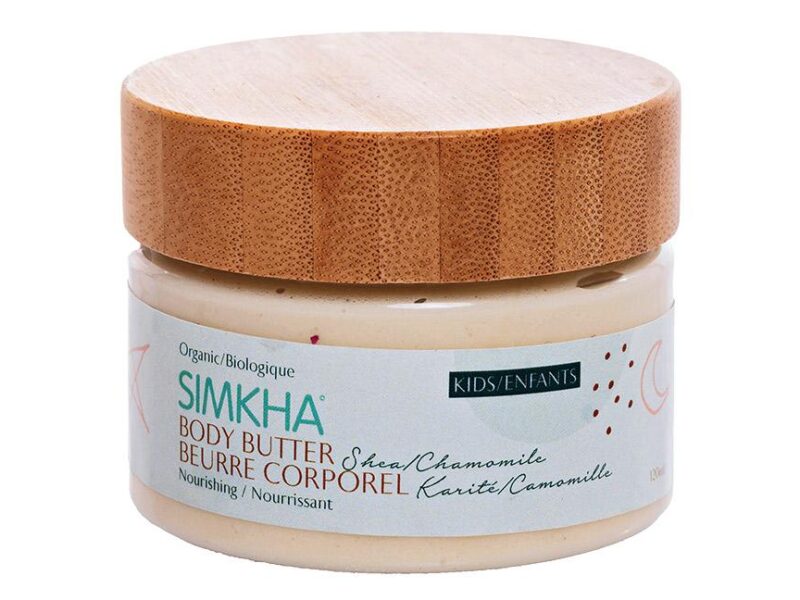
Protect your baby from peanut allergy
By Sandra Gordon
Peanut allergy is on the rise. This common food allergy affects 1-2 per cent of children, which doesn’t sound like much. But if your child is among them, it is one child too many.
During a peanut allergy attack, the immune system misfires, regarding peanut proteins as harmful. Peanut allergy can bring on itchy skin or hives, which look like large or
small welts, lip swelling, vomiting, and runny nose or congestion. Airways can narrow too, making it hard to breathe. Peanut allergy has no cure; it’s typically lifelong
once it develops and it can be fatal.
If your child is diagnosed with peanut allergy, you’ll have to do everything you can to help him/her avoid peanuts. The constant vigilance it takes to keep peanuts and peanut containing foods away from your child is scary and stressful. Daycare, play dates and parties, school, summer camp and sleepovers are more complicated.
The Power the Prevention
That’s why new guidelines for peanut allergy prevention published by the National Institute of Allergy and Infectious Diseases (NIAID) are such big news. For the first time,
“we have an intervention that could potentially prevent peanut allergy,” says Anna Nowak-Wegrzyn, MD, associate professor of pediatrics at the Icahn School of Medicine at Mount Sinai and researcher at the Elliot and Roslyn Jaffe Food Allergy Institute in New York City. The guidelines are based on a landmark 2015 New England Journal of Medicine “Learning Early About Peanut” (LEAP) study, which suggested that giving infants peanut-containing foods could help prevent peanut allergy by 81 per cent. “It’s a massive, dramatic effect,” Dr. Nowak-Wegrzyn says.
How can you help prevent peanut allergy? Dr. Nowak-Wegrzyn provides these basic steps, which are outlined in the guidelines, depending on your baby’s
level of risk for developing peanut allergy.
Babies at High Risk
Your baby is at high risk for developing peanut allergy if by 4 to 6 months of age, your baby has severe eczema (inflamed, itchy, red, cracked and red skin that may also blister) or egg allergy or both. Severe eczema is eczema that’s frequent or persistent enough to require prescription-strength topical medication to treat it. If your baby is high risk:
Visit a pediatrician to confirm that your baby is, indeed, at high risk for peanut allergy. The pediatrician will need to test for peanut sensitization, which means that your
baby’s immune system has already been exposed to peanuts and recognizes peanuts as bad guys. “We know that children can become allergic to peanuts without ever eating them,” Dr. Nowak-Wegrzyn says. If your child has severe eczema, for example, a peanut allergy can gain a foothold; peanut protein in the environment or on your hands can enter your baby’s body through microscopic breaks in the skin. Your pediatrician/your baby’s doctor will need to do a peanut skin prick test. If the pediatrician doesn’t do this test (many don’t), a blood test, known as Peanut sIgE will do. If your doctor isn’t comfortable doing these tests, you may be referred to a specialist.
Next Steps:
1. Peanut patrol. If your baby’s skin test or blood test is highly or significantly positive, your baby may already be allergic to peanuts. Unfortunately, it’s too late for prevention.
Expect your doctor to talk with you about how to manage your child’s peanut allergy.
2. Supervised feeding. If your baby’s skin or blood test is negative or somewhat positive (there are lots of false positives on skin tests), your baby’s doctor should do a supervised
feeding test in the doctor’s office. A feeding test just involves giving your baby a small dose of peanut butter (2 teaspoons) mixed with two to three teaspoons hot water, after it has cooled or 21 pieces of softened Bamba, which is corn pop cereal that contains peanut butter powder. (It was used in the LEAP study; available on Amazon.ca and Loblaws and Walmart)
If your baby doesn’t have a reaction, expect your doctor to give you specific recommendations for introducing peanut-containing products at home. “You will need to introduce peanuts in a way that’s appropriate,” Dr. Nowak-Wegrzyn says. At 4 to 6 months, babies aren’t developmentally ready for whole peanuts (choking hazard). Don’t offer your child whole peanuts until age 4.
The older your child gets, the more peanut options you’ll have, including peanut butter and mixing peanut butter powder into smoothies, pancakes and yogurt. If your baby is at a point in which he’s eating Cheerios, you can try feeding him Bamba; you can soften Bamba with a few teaspoons of water (recommended for babies under 7 months of age).
Keep in mind that feeding infants peanut products doesn’t prevent peanut allergy in all infants. In the LEAP study, 19 percent of infants who were fed peanut containing products still became allergic. Still, the method worked in 81 percent of the children in the LEAP study.
Babies at Moderate Risk
Your baby is at moderate risk for developing peanut allergy if, by 4 to 6 months of age, he has mild-to-moderate eczema. If you’re not sure, check with your baby’s doctor.
If your baby is at mild to moderate risk, start introducing peanut-containing foods into your baby’s diet starting at 6 months of age. Note: You don’t need to visit the
pediatrician for a skin/blood or feeding test, Dr. Nowak-Wegrzyn says.
Babies at Low Risk
Your baby is at low risk for developing peanut allergy if, by 4 to 6 months of age, she doesn’t have eczema or any food allergy. If your baby is low risk, start introducing peanut-containing foods into your baby’s diet starting at 6 months of age, along with other solid foods, according to whatever peanut-containing foods your family likes to eat. Again, avoid whole peanuts until age 4.
Keep Up the Good Work!
Overall, if your baby is at high risk for peanut allergy, you have a window of opportunity to train your baby’s immune system to tolerate peanuts by feeding your baby peanut-containing products. “It’s racing against time,” Dr. Nowak-Wegrzyn says. No matter what your baby’s risk, feeding foods containing peanuts to your baby “is not a one-time deal,” Dr. Nowak-Wegrzyn says. Especially if your baby in the high-risk category, you should feed your baby peanut-containing foods at least three times per week for at least the next year. In the LEAP study, kids ate peanut-containing food at least three times per week for five years. Researchers aren’t sure if five years is necessary.
But they do know this: Feeding your baby peanut-containing products takes commitment. “Otherwise it’s not going to work,” Dr. Nowak-Wegrzyn says. At all risk levels, babies should be firmly on solids before peanut-containing foods are added to their diet.
Practicing peanut allergy prevention by giving your baby peanut-containing products early and often for a few years is challenging, but it pays off–and it’s a lot easier than managing a peanut allergy for a lifetime.





